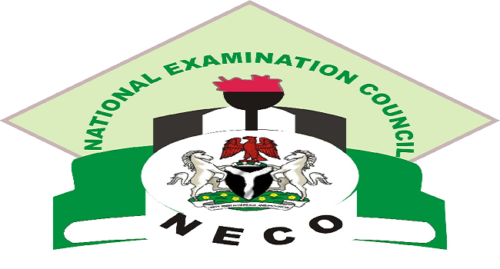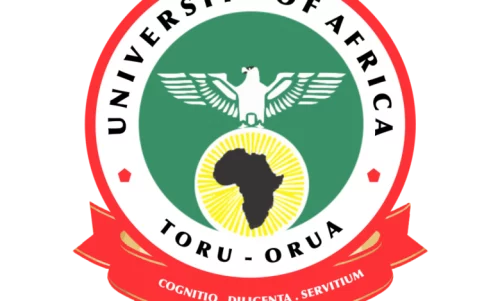Computer Science Keypoints: Communication Systems; Communication Systems play a pivotal role in our interconnected world, facilitating the exchange of information and ensuring seamless connectivity across various platforms.
Study other Computer Science Keypoints here
This intricate web of communication is governed by Information and Communication Technology (ICT), encompassing a diverse range of technologies and systems.
In this detailed introduction, we will delve into the definitions, acronyms, and types of ICT, exploring the various facets that make up the expansive field of Communication Systems.
Definitions and Acronym of ICT
(i) Full Meaning of ICT: ICT stands for Information and Communication Technology. It represents the convergence of technologies that enable the acquisition, storage, processing, and dissemination of information.
(ii) Definition of ICT: ICT can be defined as the broad range of technologies used to manage and communicate information. It encompasses both traditional technologies such as radio and television broadcasting, as well as modern technologies like the internet and mobile communication.
Types and Examples of ICT
(iii) List of Types of ICT:
- Broadcasting
- Telecommunication
- Data Network
- Information Systems
- Satellite Communication
- And many more.
(iv) Examples and Details of Broadcasting:
- Radio Broadcasting: Involves the transmission of audio signals through radio waves, reaching a wide audience. Examples include FM and AM radio stations, providing news, music, and entertainment.
- Television Broadcasting: Transmits audio-visual content through electromagnetic waves, bringing a diverse range of programs to households worldwide.
- Satellite Broadcasting: Utilizes communication satellites to transmit signals globally, enabling international television and radio broadcasts.
- Podcasting: A modern form of broadcasting, delivering audio content over the internet, often in episodic series.
- Webcasting: Involves live broadcasting over the internet, commonly used for events, seminars, and conferences.
(v) List of Types of Telecommunications:
- Public Switched Telephone Network (PSTN Land Line): Traditional telephone systems using circuit-switched networks for voice communication.
- Mobile Phone System: Encompasses cellular networks allowing wireless communication through mobile devices.
- Circuit Switched Packet Telephone System (CSPT): Integrates circuit-switched and packet-switched networks for efficient voice and data communication.
- Satellite Telephone System: Utilizes satellites to establish communication in remote areas without traditional network coverage.
- Fixed Wireless Telephone System: Enables voice communication without physical connections, using radio waves.
(vi) List of Types of Data Network:
- Personal Area Network (PAN): Connects devices within an individual’s personal space, such as Bluetooth connections between devices.
- Local Area Network (LAN): Links computers and devices within a specific geographic area, like an office or a campus.
- Metropolitan Area Network (MAN): Spans a larger geographic area than LAN, connecting networks within a city.
- Wide Area Network (WAN): Covers a broad geographical region, linking LANs and MANs across long distances.
- Intranet: A private network within an organization, facilitating internal communication and information sharing.
- Internet: A global network connecting millions of networks worldwide, allowing for worldwide information exchange.
(vii) List of Types of Information Systems:
- Data Processing System: Involves data collection, processing, and storage to produce meaningful information.
- Global Positioning System (GPS): Utilizes satellites to provide accurate location information for navigation and mapping.
- Customer Relationship Management (CRM) System: Manages interactions with customers, storing and analyzing data for improved customer relations.
- Enterprise Resource Planning (ERP) System: Integrates various business processes and functions within an organization for streamlined operations.
- Geographic Information System (GIS): Captures, analyzes, and presents spatial or geographical data, aiding in decision-making processes.
In conclusion, the dynamic realm of Communication Systems, driven by the diverse components of ICT, continues to shape how information is shared and accessed globally. The examples provided illustrate the breadth and depth of these technologies, underscoring their significance in our interconnected and digitally-driven society.












